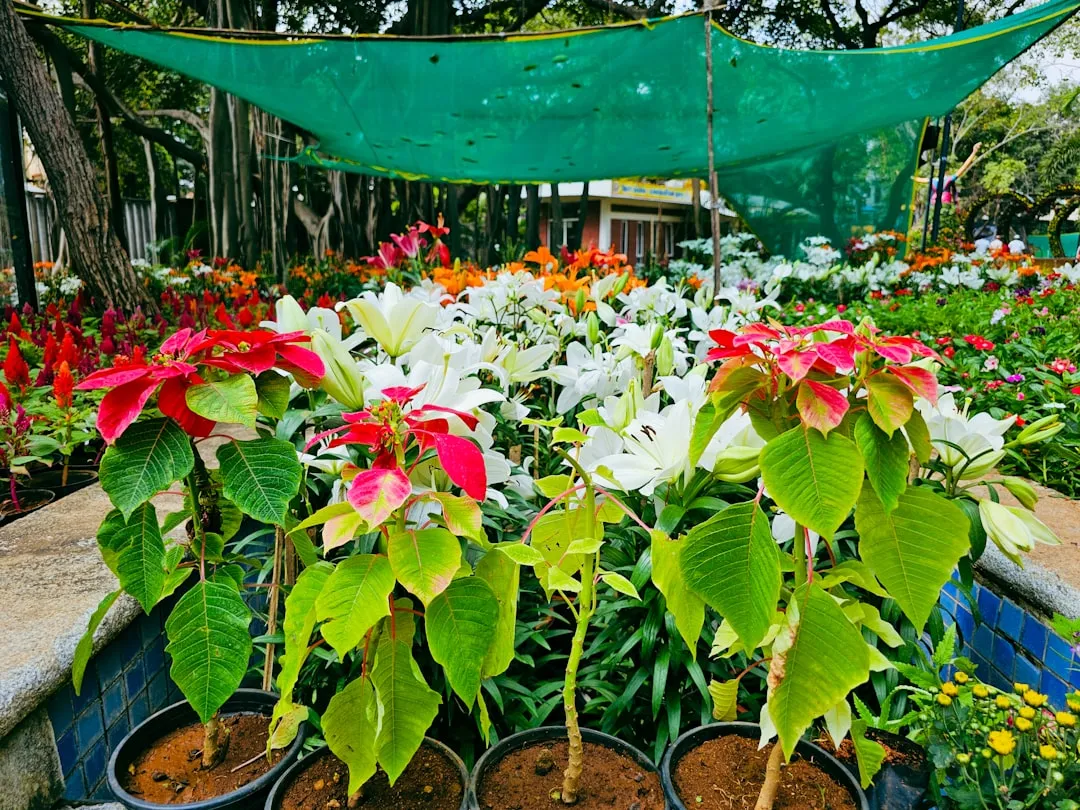Edible gardening is a rewarding endeavor, and growing tomato plants is often a highlight for many gardeners. However, one common issue that can dampen the gardening experience is the appearance of yellow leaves on tomato plants. In this article, we'll explore the various reasons behind this problem and how to effectively diagnose and fix it.
1. Nutrient Deficiencies
One of the primary causes of yellow leaves on tomato plants is nutrient deficiencies. Tomatoes are heavy feeders, and they require a balanced supply of essential nutrients to thrive. For instance, a lack of nitrogen can lead to overall yellowing of the leaves, starting from the older ones. Nitrogen is crucial for the production of chlorophyll, the pigment that gives leaves their green color. To address this, you can apply a nitrogen - rich fertilizer, such as blood meal or fish emulsion. Make sure to follow the application instructions on the product label.
Another nutrient that can cause yellowing is magnesium. Magnesium deficiency often results in yellowing between the veins of the leaves, while the veins themselves remain green. Epsom salt, which is rich in magnesium, can be used as a foliar spray or added to the soil. Dissolve about one tablespoon of Epsom salt in a gallon of water and spray it on the leaves every two weeks.
2. Overwatering or Underwatering
Watering is a delicate balance when it comes to tomato plants. Overwatering can lead to waterlogged soil, which restricts the roots' access to oxygen. As a result, the leaves may turn yellow and start to wilt. To check if your plant is overwatered, stick your finger about an inch into the soil. If it feels wet, hold off on watering. Improve drainage by amending the soil with organic matter, such as compost, or by using raised beds.
On the other hand, underwatering can also cause yellow leaves. When the plant doesn't receive enough water, it may shed its leaves to conserve moisture. To determine if your plant needs water, check the soil regularly. If it feels dry, give the plant a deep watering, making sure the water reaches the root zone.
3. Pests and Diseases
Pests can also be a culprit behind yellow leaves on tomato plants. Aphids, for example, suck the sap from the leaves, causing them to turn yellow and curl. You can control aphids by spraying the plants with a strong stream of water or by using insecticidal soap. Ladybugs are natural predators of aphids, so attracting them to your garden can also help keep the aphid population in check.
Diseases like early blight and fusarium wilt can also cause yellowing of the leaves. Early blight typically starts as small, dark spots on the lower leaves, which then turn yellow and spread. To prevent early blight, avoid overhead watering, as wet leaves can promote the growth of the fungus. Remove and destroy infected leaves to prevent the spread of the disease. Fusarium wilt, on the other hand, causes yellowing and wilting of the entire plant. Unfortunately, there is no cure for fusarium wilt, so it's important to plant resistant varieties.
4. Environmental Stress
Tomato plants can be sensitive to environmental stressors, such as extreme temperatures and excessive sunlight. High temperatures can cause the leaves to yellow and curl. Provide shade for your plants during the hottest part of the day, especially in regions with scorching summers. You can use shade cloth or plant taller crops nearby to provide natural shade.
Excessive sunlight can also lead to sunscald, which causes yellow or white patches on the leaves. If your plants are exposed to too much direct sunlight, consider moving them to a location with partial shade or using a shade structure.
In conclusion, diagnosing and fixing yellow leaves on tomato plants requires careful observation and a systematic approach. By considering factors such as nutrient deficiencies, watering issues, pests and diseases, and environmental stress, you can take the necessary steps to restore the health of your tomato plants and enjoy a bountiful harvest.

